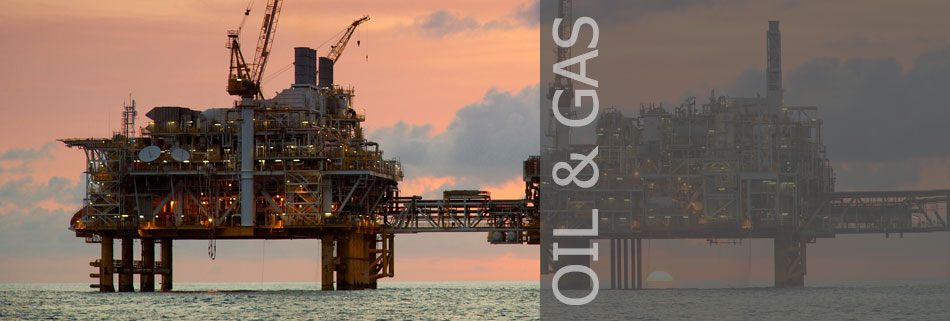Our products follow these classifications:
- A Classification
- H Classification
- J Classification
- Pressure (Water)
- Gas Tight Certified
- Shock / Blast Ratings
IMO Classifications
‘A’ classifications
‘A’ classifications refer to a cellulose temperature range with a maximum temperature of 950 degrees Celsius with a graduated temperature increase curve over a period of time.The numbers that follow these letters are the minutes required for the integrity of sealing flame, smoke, toxic gases and insulation.
The insulation rating fails when the unexposed face or side reaches 180 degrees Celsius.
Where there is a ‘0’ after the ‘A’, means the flame, smoke and toxic gases must be contained for 60 minutes, but the insulation rating is allowed to rise above the designated 180 degrees.
‘H’ classifications
‘H’ classifications refer to a Hydrocarbon temperature range with a maximum of 1150 degrees Celsius with a very quick temperature increase curve over a period of 120 minutes.The numbers that follow these letters are the minutes required for insulation rating only. The integrity of sealing off the flame, smoke and toxic gases is still 120 minutes
The insulation rating fails when the unexposed face or side reaches 180 degrees Celsius.
Where there is a ‘0’ after the ‘H’, means the flame, smoke and toxic gases must be contained for 120 minutes, but the insulation rating is allowed to rise above the designated 180 degrees.
‘J’ classifications
‘J’ classifications refer to a Jet-Fire temperature range according to ISO 22899, Part 1. The temperature is 1200 degrees Celsius immediately from start to completion under load (360kph velocity) from a jet nozzle at one meter from the penetration.The ‘60’ or ‘120’ after the letter ‘J’ refers to the minutes the system must maintain its integrity.



